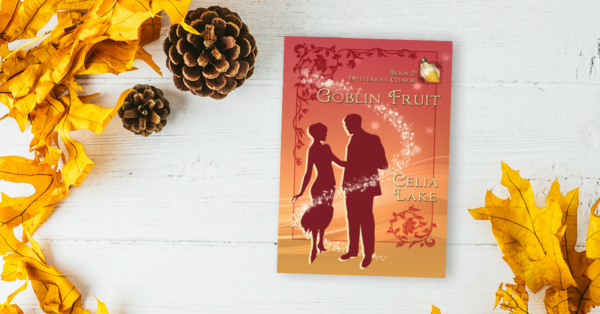Idea to Book: Seven Sisters
Seven Sisters is simultaneously an outgrowth of some of the larger worldbuilding and my (somewhat odd) Classical education. It’s also about the density of history, the role of time, and the question of how much of other people we can begin to understand, anyway. Also a touch of sign language and magic. The Fatae First and foremost, this was a chance to explore the Cousins, those who descended from the more human of the Fatae, in this case the seven Grandmothers. (There may be others out in the world, for the record, even in Britain.) The Grandmothers have a sizeable number of opinionated and very busy descendants, who refer to each other as Cousins. Some look entirely like other humans, others have features that are a little less so – particularly odd eye colours, sometimes hair. They work closely with a number of the non-human shaped Cousins, everything from the custos dragons (see Fool’s Gold for one) to the Belin (see Goblin Fruit), to the trees we see in this book. (There’s more about Robin in Fool’s Gold, as well, and his particular Aunts. And a bit of Vivian.) One of the things I wanted, as I wrote about the Cousins, was the sense that they are a large sprawling clan. They know of each other, but they may not know individuals very well. They have interconnections, they end up at the same rites and festivals every so often. But they also have their own individual preferences and priorities, and […]

